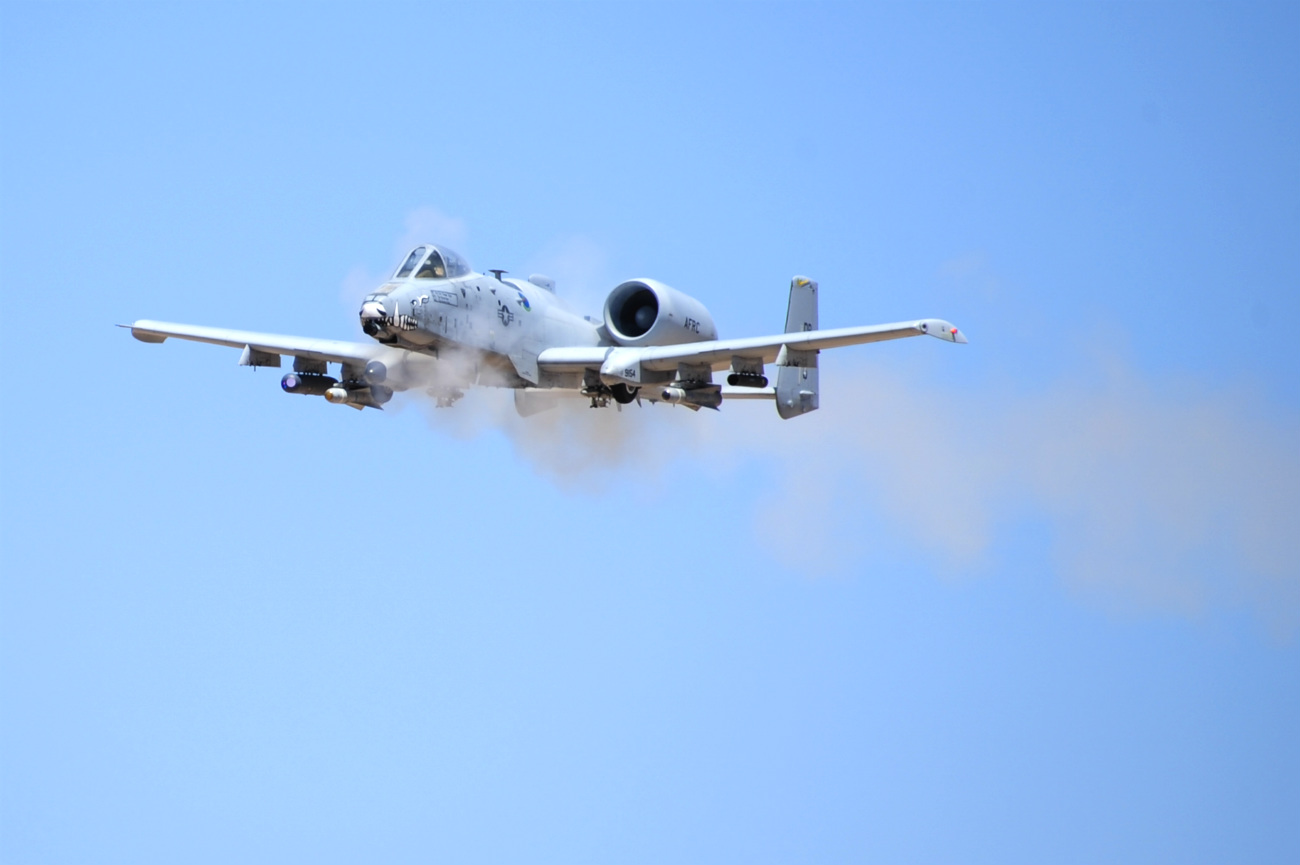A-10 Warthog: 50 Facts About This Legendary Aircraft
Twin General Electric Engines Provide Both Power And Maneuverability

The key to the A-10’s success is its design, and that design includes impressive engines. Twin General Electric TF34-GE-100A turbofan engines provide a huge amount of power. They give the A-10 its top speed of 439 miles per hour, with a cruise speed of 300 miles per hour. The stall speed is low for an aircraft of its size—138 miles per hour—allowing the A-10 its superb low-speed maneuverability. In keeping with its ground attack mission, the A-10 has a combat radius of up to 290 miles. This mission also affects engine placement. Due to the potential damage from foreign objects on primitive runways, the engines on the A-10 are placed above the wing rather than below to help shield them. The Air Force designed the A-10 for quick maintenance and turn-around time during battle. The engines being located high on the plane allow them to continue running while receiving support in a forward location.

